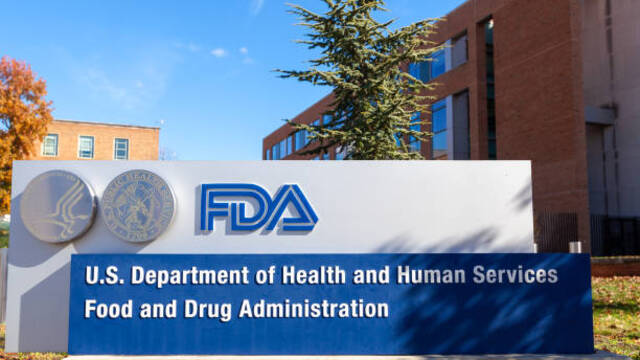Health and Human Services Secretary Alex Azar wants to make prescription drug pricing more transparent. We agree, but his well-intentioned plan will only confuse and mislead consumers. What’s the good of listing drug prices in advertising if almost no one pays that “list price?” When patients say, “My drugs are too expensive,” they’re not talking about the list price — they’re talking about their co-pays at the pharmacy.
While pharmaceutical companies determine a drug’s list price, known as the wholesale acquisition cost (WAC), health insurers and pharmacy benefit managers (PBMs) determine what patients will actually pay for those drugs. These “payers” negotiate discounts and rebates from drug companies that can reach 40 percent or 50 percent off the WAC price. Unfortunately, these health care middlemen keep much of those savings and pass only a paltry portion of the discounts on to consumers.
Even more troubling is that unlike other health care sectors, patients’ co-pays and co-insurance are often based on the higher list price rather than the significantly discounted payer cost. According to a 2017 study by Amundsen Consulting, more than 50 percent of commercially insured patients’ out-of-pocket spending for brand name biopharmaceuticals was based on full list price, with no discounts included.
Yes, there needs to be pricing transparency throughout the health care ecosystem. But why start with prescription drugs? According to HHS, prescription drugs account for only 10 percent of our total health care spending (14 percent if you include hospital-delivered drugs), while hospitals represent a whopping 32 percent. Do patients know how much their hospital bill will be when they go in for surgery? How much the anesthesiologist will cost? What about diagnostic and lab tests? Since it’s a much larger slice of the pie, why isn’t Mr. Azar starting with hospital pricing transparency?
At least with prescription drugs patients can ask a pharmacist how much the drug will cost and comparison shop between pharmacies. Try comparison shopping the price of a hip replacement or figuring out how much your insurer will be paying for your hospital stay.
Mr. Azar says, “Since 1958, car companies have been required to post their sticker prices. People still get discounts when they go to purchase a car, but sticker prices are considered an important piece of consumer information. There is no reason it should be any different for drugs.” Actually, there’s a very good reason: Consumers pay for cars out of their own pockets, so the price is very important to them. That’s not true for health care.
While pharmaceutical companies determine a drug’s list price, known as the wholesale acquisition cost (WAC), health insurers and pharmacy benefit managers (PBMs) determine what patients will actually pay for those drugs. These “payers” negotiate discounts and rebates from drug companies that can reach 40 percent or 50 percent off the WAC price. Unfortunately, these health care middlemen keep much of those savings and pass only a paltry portion of the discounts on to consumers.
Even more troubling is that unlike other health care sectors, patients’ co-pays and co-insurance are often based on the higher list price rather than the significantly discounted payer cost. According to a 2017 study by Amundsen Consulting, more than 50 percent of commercially insured patients’ out-of-pocket spending for brand name biopharmaceuticals was based on full list price, with no discounts included.
Yes, there needs to be pricing transparency throughout the health care ecosystem. But why start with prescription drugs? According to HHS, prescription drugs account for only 10 percent of our total health care spending (14 percent if you include hospital-delivered drugs), while hospitals represent a whopping 32 percent. Do patients know how much their hospital bill will be when they go in for surgery? How much the anesthesiologist will cost? What about diagnostic and lab tests? Since it’s a much larger slice of the pie, why isn’t Mr. Azar starting with hospital pricing transparency?
At least with prescription drugs patients can ask a pharmacist how much the drug will cost and comparison shop between pharmacies. Try comparison shopping the price of a hip replacement or figuring out how much your insurer will be paying for your hospital stay.
Mr. Azar says, “Since 1958, car companies have been required to post their sticker prices. People still get discounts when they go to purchase a car, but sticker prices are considered an important piece of consumer information. There is no reason it should be any different for drugs.” Actually, there’s a very good reason: Consumers pay for cars out of their own pockets, so the price is very important to them. That’s not true for health care.



